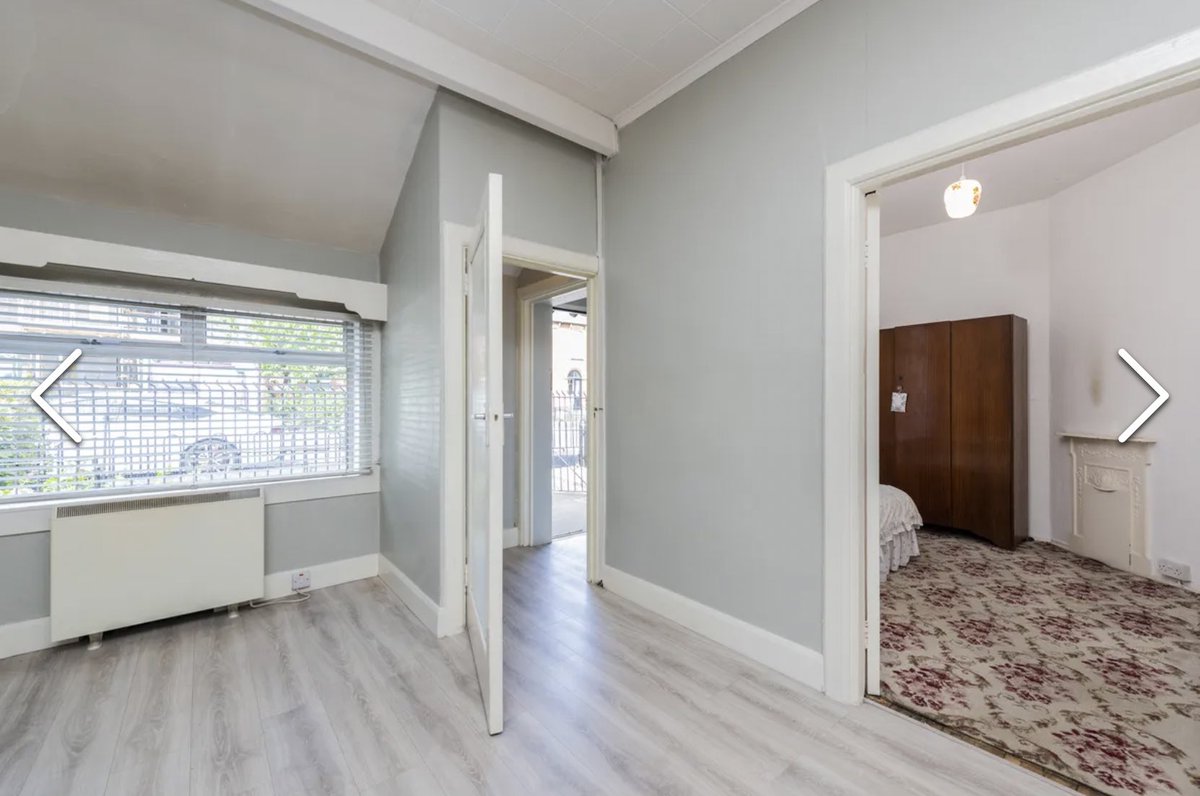
“Some don’t work. It’s very important to find out at an early stage which ones they are.” This was particularly the case where “someone overpaid for the land & think(s) they can get that money back from the council”
Let’s see what this means:
1/
Let’s see what this means:
1/
https://twitter.com/irishtimes/status/1633369588233650181
The #BuildToRent policy introduced by @MurphyEoghan & the SHD policy introduced by @simoncoveney didn’t “encourage developers to build more homes” they set up a framework where 1. more bad units could fit in any site & 2. 100+ unit schemes could skip normal planning processes.
2/
2/
This became a feeding frenzy. Developers and investment funds purchased large land banks in prime urban locations as the potential of fitting a lot of tiny rental units close to well served locations (big rents) meant land values went up up up.
It’s not rocket science.
3/
It’s not rocket science.
3/
This simply meant that sites began being sold for much more than they were worth because the speculative nature of the BTR & SHD policies created an expectation of unreal return yields for the private rental sector providers if they could get their hands on these sites
4/
4/
The biggest and worst example of these policies inflating the cost of undeveloped land in a prime urban location AND in proposing substandard, unaffordable housing was the Clonliffe College scheme where 71% of units proposed were motel-esque typologies & windowless bed spaces.
5/


5/



A lot of developers went for that: overpay for land and propose a lot of bad micro-units. Their “reasoning” for these typologies came from a @FineGael housing policy targeting a “young and increasingly internationally mobile workforce” i.e. tech workers on >100k salaries
6/
6/

These developments undermined social infrastructure by designing schemes with few apartments fit for families meaning they could simply say: no families = no kids = no crèche needed. This now means these schemes (if built) would add pressure to existing services.
See more:
7/
See more:
7/
https://twitter.com/otrosnosotros/status/1574086671766896640
These developments also contravened development plans by exceeding housing densities, building heights, undermining environmental targets, etc.
The excuse of course is “all supply is good supply”, “housing at any cost = trickle down housing somewhere somehow at some point”.
8/
The excuse of course is “all supply is good supply”, “housing at any cost = trickle down housing somewhere somehow at some point”.
8/
So the idea of “buying schemes with full planning permission and getting them built” may sound like a magic solution ready for taking, but we must not forget that plenty of these schemes have been purposefully designed to underserve society’s needs at the most basic level.
9/
9/
So what’s the alternative, as @mcmnorris correctly asks? The alternative is 1. Set new design standards for social housing that encourages a diversity of housing typologies for long term living including ALL recommendations by the @Ace_Cae as a baseline for these changes:
10/
10/
https://twitter.com/otrosnosotros/status/1529105534858760192
2. Reform the requirements for public procurement frameworks to guarantee a wider range of SME practices participating in social housing & public works to harness the talent of younger practices, improving our design outputs & competition.
👇🏽
wecanbuildbetter.org
11/
👇🏽
wecanbuildbetter.org
11/
Strategically break up suitable sites into smaller lots to allow smaller architecture practices and smaller contractors to take on housing developments. This means better design, faster builds & quick delivery.
12/
12/

Give planning authorities the power to require vacant or derelict land to be sold by public auction via "compulsory sales orders" commencing by targeting land with
“unviable” speculative developments from the SHD & #BuildToRent eras.
13/
“unviable” speculative developments from the SHD & #BuildToRent eras.
13/
Increase and protect amount of publicly owned land & make sure it is taken in charge by Local Authorities, ensuring a new standard of social housing is built in people-centred schemes.
14/
14/
Establish a moratorium, if not an outright ban on institutional funds purchasing houses and apartments, not stamp duty “disincentives” with sneaky caveats that end up making things worse.
15/
15/
https://twitter.com/otrosnosotros/status/1538881138722209794
The list goes on but one of the most important things to consider as always is to encourage public participation in these processes and this includes keeping tabs on all the changing contexts around us including the new Planning Bill which discourages thus.
16/
16/

I truly feel for those facing eviction now that the eviction moratorium is being lifted and it worries me to think this is simply a measure to turn up the heat to make it “politically viable” to bail out the #BuildToRent sector without this resulting in more nor better homes.
16/
16/
ohchr.org/en/special-pro…
#Housing #HousingPolicyCrisis #PublicProcurement #AssetUrbanism #BuildToRent #HousingFinancialisation #HousingCrisis #Speculation #TrickleDownHousing
@FocusIreland @DeptHousingIRL @DarraghOBrienTD @FineGael @fiannafailparty
17/
#Housing #HousingPolicyCrisis #PublicProcurement #AssetUrbanism #BuildToRent #HousingFinancialisation #HousingCrisis #Speculation #TrickleDownHousing
@FocusIreland @DeptHousingIRL @DarraghOBrienTD @FineGael @fiannafailparty
17/
• • •
Missing some Tweet in this thread? You can try to
force a refresh



















